Borders of the United States
The United States shares international land borders with two nations:
- The Canada–United States border to the north of the Contiguous United States and to the east of Alaska
- The Mexico–United States border to the south.
- The Russia–United States maritime boundary was defined by a disputed agreement covering the Bering Sea, Bering Strait, and Arctic Ocean. The International Date Line essentially acts as the de facto border between the two nations; the USA ratified the USSR–USA Maritime Boundary Agreement, but the USSR failed to ratify it before dissolving, and it was subsequently never ratified by Russia. During the winter, travel between Russia's uninhabited Big Diomede Island and Alaska's Little Diomede Island with a population of 110[1] is theoretically possible, although not legal, on some occasions when ice flowing through the Bering Strait clogs between the two islands.[2] West of Puerto Rico, the Mona Passage serves as maritime boundary with the Dominican Republic, and the US shares a border with the United Kingdom east of the US Virgin Islands.
The Third Border Initiative is an area of foreign policy concerning the Caribbean Sea border between the United States and the Caribbean region.
Insular areas in the Pacific, and the U.S. Virgin Islands are in a separate customs territory from the 50 States, the District of Columbia, and Puerto Rico (see Foreign trade of the United States).
In the continental United States, the country shares maritime borders with Cuba and the Bahamas, while sharing maritime borders with the United Kingdom in the Virgin Islands, the Dominican Republic in Puerto Rico, and Samoa in American Samoa.
Border disputes
The US also has disputed land borders with seven nations:
.svg.png.webp) Canada
Canada
- Machias Seal Island and North Rock (New Brunswick and Maine) - Occupied by Canada and patrolled by the Canadian Coast Guard, claimed by the US.
 Cuba
Cuba
- Guantanamo Bay Naval Base - Since the Cuban Revolution of 1959, the Cuban communist government has consistently protested against the U.S. presence on Cuban soil and called it "illegal" under international law. The US acquired the bay from the Spanish-American War as a lease from Cuba.
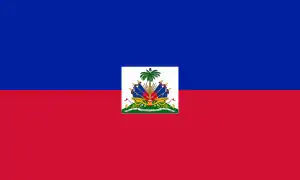 Haiti
Haiti
- Navassa Island - The US claimed the Navassa island via the Guano Islands Act of 1856. Haiti claimed sovereignty over the island in 1801, but was occupied by the US through gunboat diplomacy.
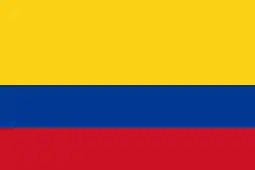 Colombia,
Colombia, 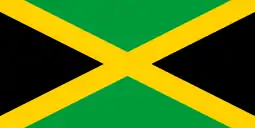 Jamaica,
Jamaica, 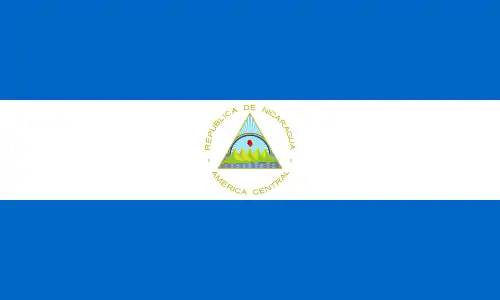 Nicaragua
Nicaragua
- Bajo Nuevo Bank - Administered by Colombia, claimed by the US as an unorganized, unincorporated territory.[3]
 Colombia,
Colombia, 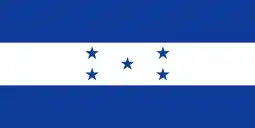 Honduras,
Honduras,  Jamaica
Jamaica
- Serranilla Bank - Administered by Colombia, claimed by the US as an unorganized, unincorporated territory.
Additionally, the US has maritime border disputes with Canada:
- Strait of Juan de Fuca
- Beaufort Sea - Yukon–Alaska dispute
- Dixon Entrance - Dispute stems from the ambiguity of the Hay–Herbert Treaty in 1903 between the United States and the United Kingdom signed to settle the Alaska boundary dispute, an agreement opposed by Canadian leaders.
Agencies
U.S. Customs and Border Protection is responsible for policing the borders and inspecting people and goods being imported.
The United States Coast Guard actively patrols the nation's extensive maritime borders.
The United States Armed Forces and state and local police may also become involved in border enforcement in certain circumstances.
Total list
| Country or territory |
No. of land border neighbors[4] | No. of maritime boundary neighbors[4] | Total no. of unique neighbors[4] | Neighboring countries and territories (Territories without full sovereignty[5] in italics) (L) = share only land borders (M) = share only maritime boundaries(D) = share disputed boundaries blank = share land borders and maritime boundaries |
|---|---|---|---|---|
| 2 | 5 | 5 | ||
includes:
→ → → |
2 | 16 (19) | 16 (19) |
|
includes the aforementioned areas and: →Bajo Nuevo Bank (disputed with Colombia, Jamaica, & Nicaragua) →Guántanamo Bay (disputed with Cuba) →Machias Seal Island and North Rock (disputed with Canada) → →Serranilla Bank (disputed with Colombia, Honduras, & Jamaica) |
3 | 21 (24) | 21 (24) |
|
References
- Local Economic Development Plan for Diomede 2012-2017, citing 2010 U.S. census (and this was a decline since the 2000 census
- http://www.amusingplanet.com/2014/02/diomede-islands-two-islands-split-by-us.html
- "Bajo Nueva Bank – De Facto". defactoborders.org. Retrieved 2020-10-06.
- A number in parentheses indicates the number of unique sovereign states that the country or territory shares as neighbors.
- The concept of state sovereignty is somewhat imprecise and there are disagreements about whether certain territories are sovereign. There are currently 195 states that are generally regarded as "fully" sovereign: this includes the 193 member states of the United Nations plus the observer states of Vatican City and the State of Palestine. Some of these states have under their jurisdiction territories, dependencies, or collectivities that are clearly non-sovereign geographical areas. These territories are generally regarded as being subsumed within the overarching sovereignty of the governing state. For example, the United Kingdom holds sovereignty over the territory of Gibraltar, even though Gibraltar is not considered to be part of the United Kingdom. There are a few territories in the world that are neither clearly sovereign nor clearly subsumed under another state's sovereignty. Often, these territories have declared themselves to be sovereign, but they are either not widely recognized as such or lack some of the necessary conditions for sovereign statehood. In these cases, explanatory footnotes indicate how the territory is treated for the purposes of this list.
- Excluding U.S. insular areas.
External links
- Border Security at CBP
- Secure and Manage Borders at DHS
- Border Security at the WhiteHouse.gov
- The Constitution in the 100-Mile Border Zone at ACLU